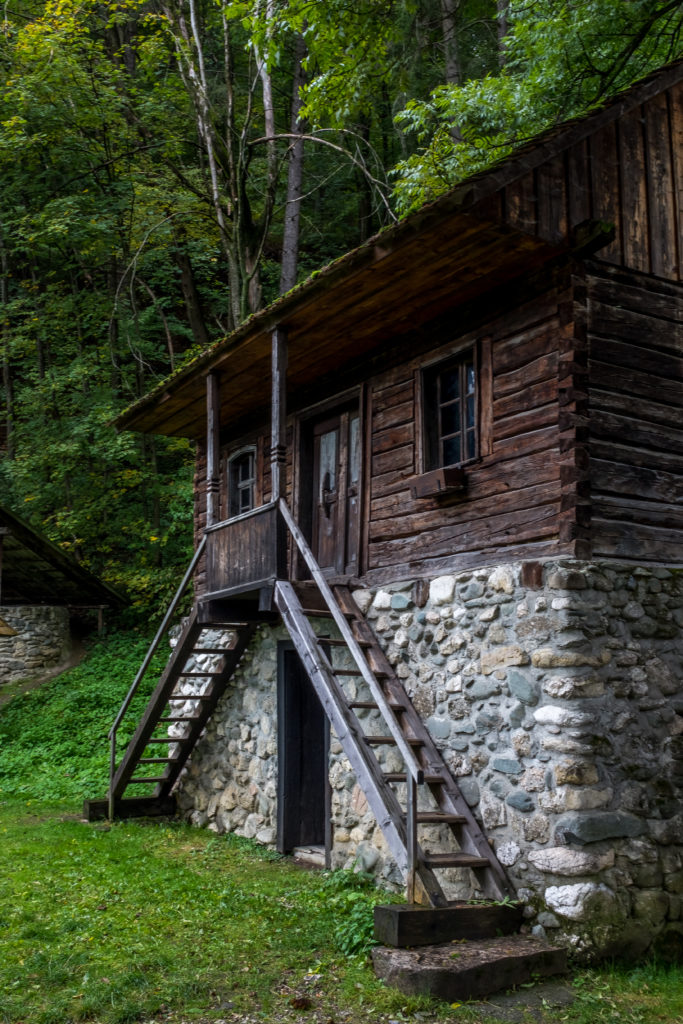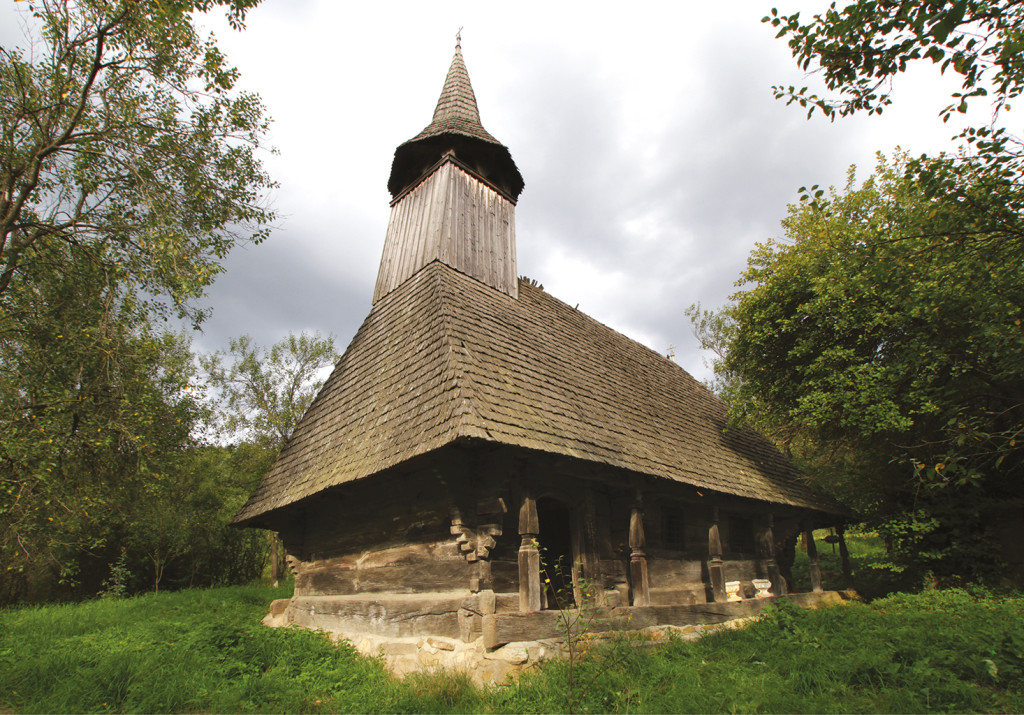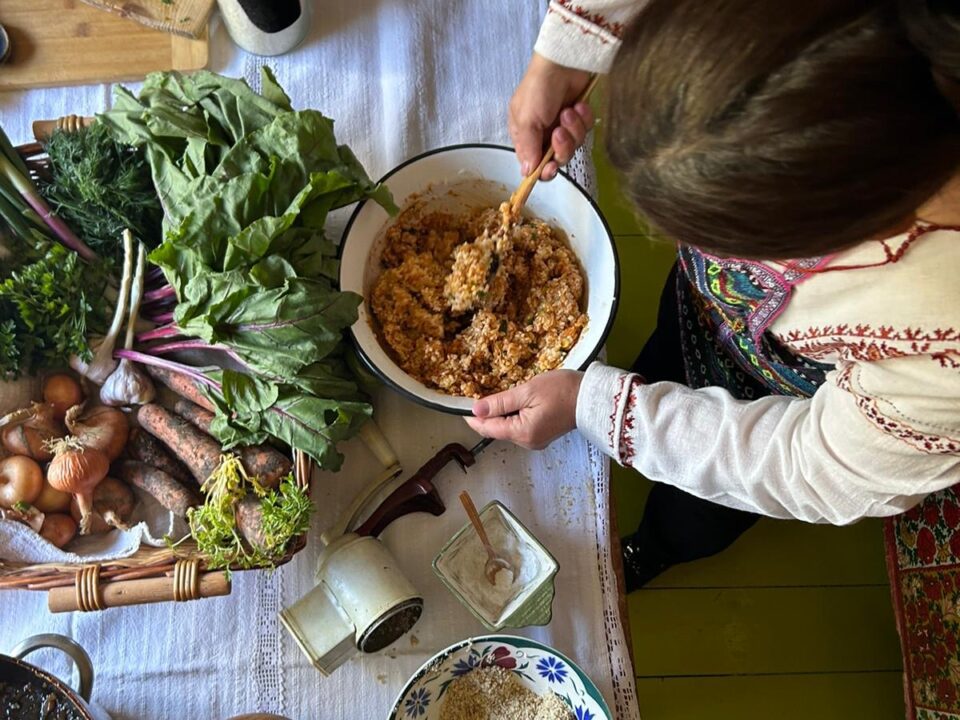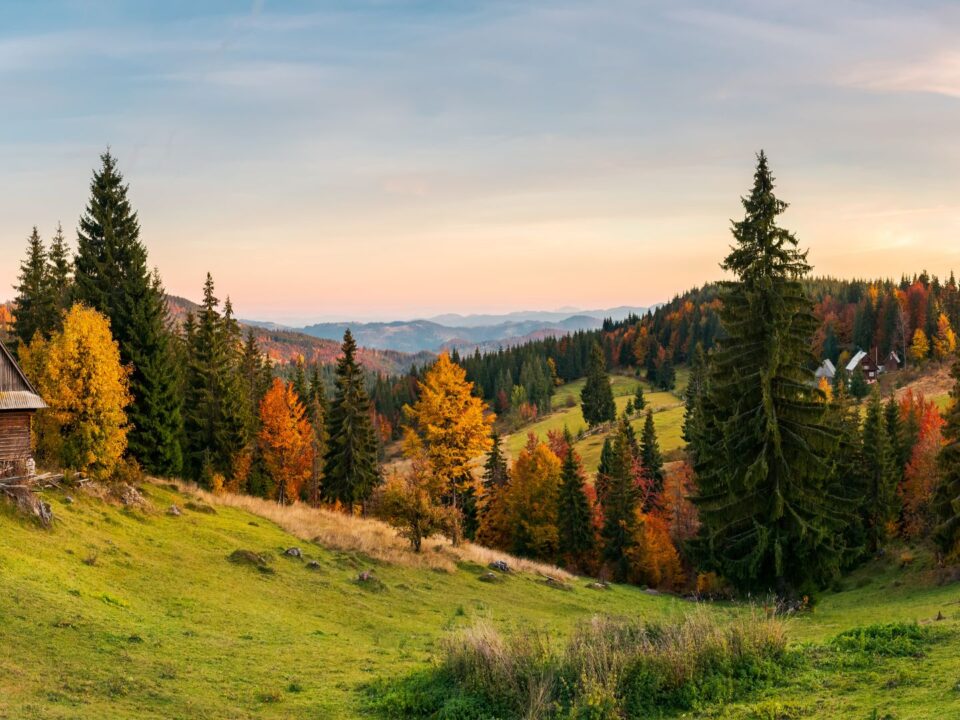
The Story Behind The Empty Historic Buildings of Bucharest
April 19, 2018
Bark Cheese – Romanian Traditional Cheese
June 26, 2018Story by Warren Singh-Bartlett
Some of Romania’s more remote villages can feel like living museums, looking much as they have for centuries, save for an occasional intrusion from the modern age and the odd coat of paint.
This is particularly true out in the farmlands of Transylvania, where in the old Saxon villages, it’s still possible to get a sense of a rhythm of life all but unchanged since the Middle Ages, even if the Saxons themselves are now mostly gone.

Village life is one of the must “sees” in Romania © Warren Singh-Bartlett
But Romania also takes the notion of the village as museum to another more literal level. Scattered around the country, from Bran and Sibiu in Transylvania, to Timișoara in the west, Vasuli in the east and the capital, Bucharest, you’ll find a series of muzeul satului or village museums, which are dedicated to the way our grandparents lived.
But these museums are not dusty buildings, full of old cooking utensils and cracked tiles, they are actual villages, collections of old homes, farm steads, stables, churches, village stores and schools, often rescued from ruin in the countryside, restored and reassembled.

Traditional house from Bran © Warren Singh- Bartlett
Some are region-specific, the museum in Bran, for example, showcases the traditional architecture of villages in the surrounding mountains. Others, like the sprawling Dimitrie Gusti National Village Museum in the leafy surroundings of northern Bucharest’s Herastrau Park, gather buildings from all over the country, providing an instant introduction to rural Romanian architecture.
The idea may sound Disneyfied but fret not. Though reconstructions, there is nothing fake about the muzeul satului. The buildings and their contents – everything from painted chests and woven blankets to embroidered shirts and old farm implements – are quite real and well used. Some have been so faithfully recreated that the experience of wandering around feels like paying a visit to an exceptionally clean and well-maintained medieval village, whose inhabitants just happen to be out working in the fields.

View of the wooden church from Hida (Salaj, Romania) © Noi Media
The way of life they reflect is gone, or fast going, as are many of Romania’s older buildings – irreplaceable 700 year-old oak beams are still being sold for firewood out in wilder parts. Whether your heart thrills more to modernity than to tradition, a visit to one of these evocative, beautiful museums is guaranteed to leave even the least historically-minded with an appreciation of the old ways and maybe even the desire to the old buildings that remain find new ways to keep living today.




